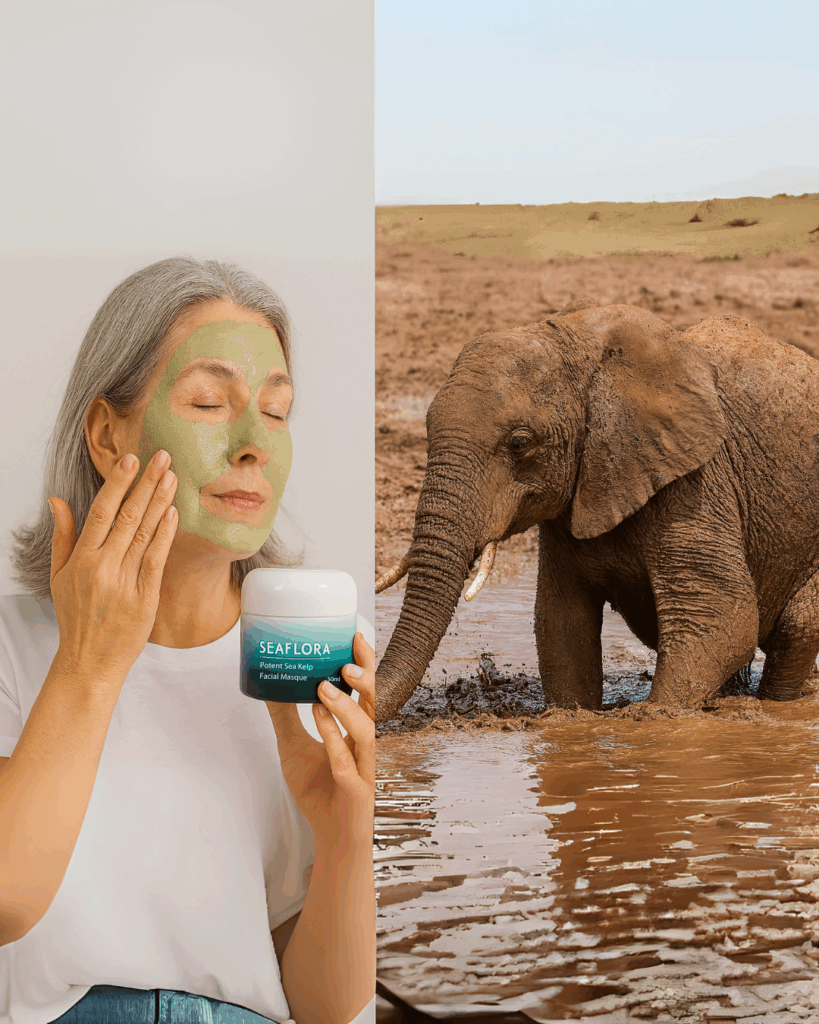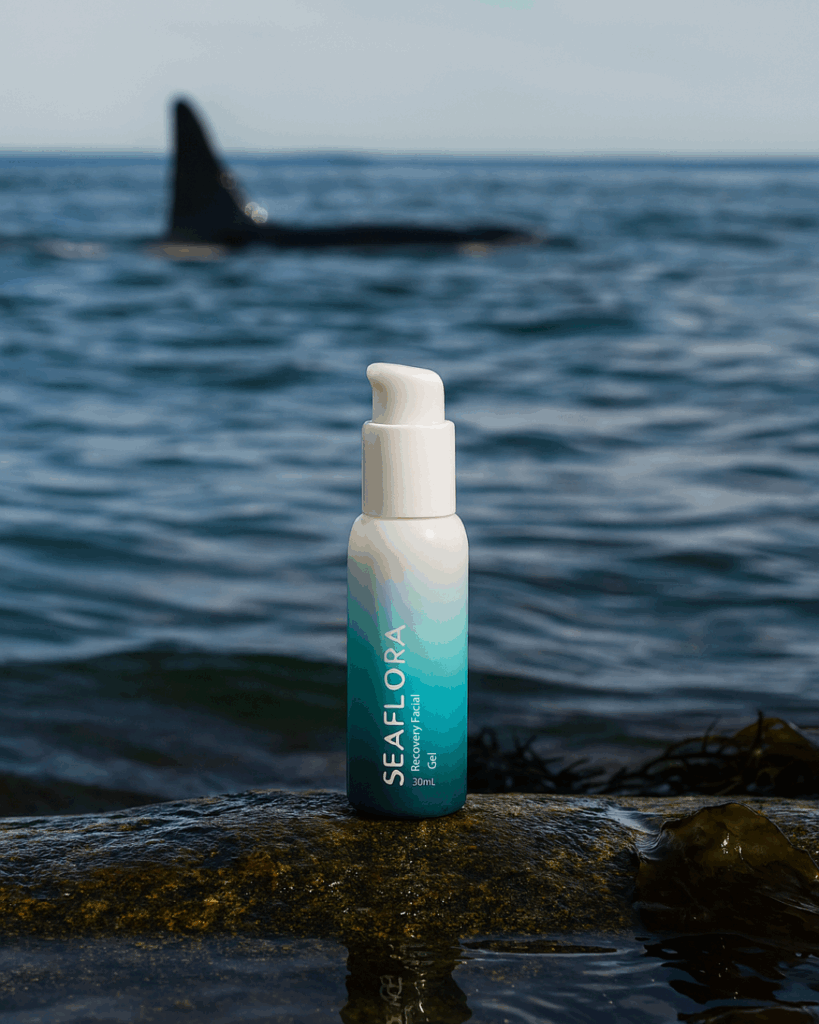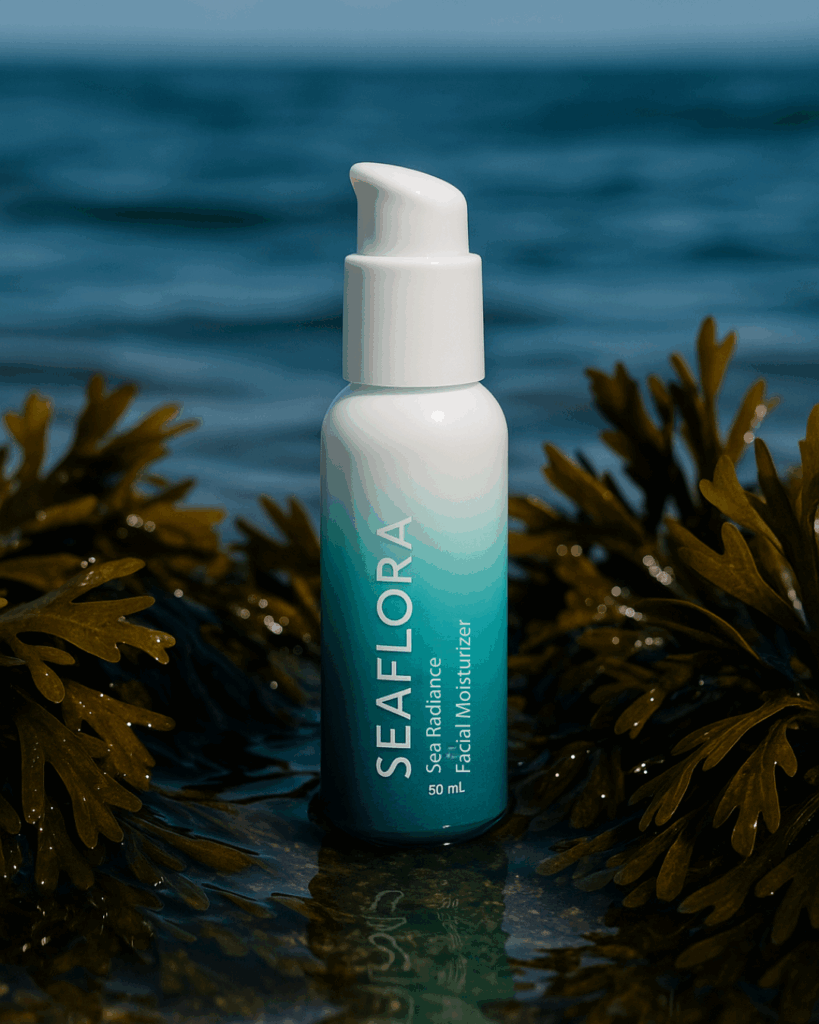Surprising Skincare Secrets We Can Learn From Wild Animals
It’s pretty wild to think about, but humans are the only animals out there who really go out of their way to use skincare. We’ve got serums, creams, masks – the whole nine yards. Meanwhile, the rest of the animal kingdom seems to be doing just fine with whatever nature provides. This makes you wonder, right? What can we learn from them? Maybe we’ve overcomplicated things a bit. Let’s take a look at how animals naturally care for their skin and what that might teach us about our own routines.
Key Takeaways
- Many animals use natural substances like mud, oils, and even specific plants to clean, protect, or soothe their skin, acting on instinct.
- Human skincare has evolved from basic needs to a complex industry, often driven by trends rather than pure necessity.
- Ethically sourced animal-based ingredients, like tallow or beeswax, can offer unique benefits for skin health when used respectfully.
- The concept of ‘holistic’ skincare considers all available resources, including those from nature that might be animal-derived, when sourced responsibly.
- Choosing vegan and cruelty-free skincare supports animal welfare and often aligns with more environmentally friendly practices, but the sourcing of plant-based ingredients also warrants consideration.
Introduction – The Wild Truth About Skincare
We humans have a pretty unique relationship with our skin. While other animals seem to have their grooming habits down pat, often using simple, natural methods, we’ve gone and turned skincare into a whole industry. A whole lot of science packed into tiny bottles. It’s a bit wild when you think about it. Are we the only creatures on Earth who obsess over anti-aging and pore reduction? It seems that way. Most animals just… live. They clean themselves, they protect themselves from the elements, and that’s pretty much it. No complicated routines, no endless aisles of products. But what if we’ve missed something in our quest for perfect skin? What if there’s wisdom in the way animals naturally care for themselves, a simplicity we’ve lost along the way? This article is going to explore that very idea, looking at how animals interact with their environment for skin health and what we can learn from their instinctive approaches. We’ll see how our own journey into skincare became so complex and then circle back to nature for some simpler, perhaps more effective, answers. It’s time to get a little wild with our understanding of skin.
The Animal Kingdom’s Skincare Rituals
It turns out, we humans aren’t the only ones who care about keeping our skin in good shape. Animals have their own ways of doing things, and honestly, some of it is pretty clever. It’s not about fancy serums or complicated routines, but more about instinct and what nature provides.
Mud Baths and Dust Baths
Lots of animals use mud and dust as a natural way to clean and protect their skin. Think about elephants rolling in the mud – it’s not just for fun. That mud acts like a sunscreen, shielding them from the sun’s rays. It also helps get rid of pesky parasites and soothes itchy skin. Birds do something similar with dust baths. They shake dust through their feathers and onto their skin, which helps remove dead skin cells and any tiny bugs that might be hanging out.
Oily Coats and Preening
Many animals, especially birds and marine mammals, have natural oils that keep their skin and coats healthy. Birds, for instance, have a preen gland near their tail that produces an oil. They use their beaks to spread this oil all over their feathers. This oil is waterproof, which is super important for staying dry and warm in the water. It also keeps their feathers in good condition. Mammals like otters and seals also have natural oils that keep their fur sleek and protected from the cold water.
Using Plants and Other Natural Items in Skincare
Some animals get creative with what’s around them. For example, there’s research suggesting that certain whales might use kelp for social grooming. They’ve been seen nudging each other with it, which could be a way to exfoliate or clean their skin. It’s a pretty neat idea, showing how even in the wild, there are these subtle, natural ways of caring for oneself and interacting with others. It makes you wonder what else is going on out there that we haven’t fully noticed yet. You can read more about these fascinating killer whale behaviors here.
Stripping Skincare Back to Its Wild Roots
While most of the skincare industry races to complicate routines with synthetic actives and chemical cocktails, Seaflora has returned to the wisdom of the wild. Just as whales instinctively roll in kelp to exfoliate and nourish their skin, Seaflora formulates with whole, raw, hand-harvested seaweeds — including kelp — to restore skin health without disrupting its natural balance. Our approach is radically simple: trust nature. No extracts. No fillers. No lab-fabricated trends. Just gentle, organic skincare that works in harmony with your body, not against it. The Potent Sea Kelp Facial Masque is a perfect example — rich in ocean minerals and sea mud to detoxify and soothe, just as nature intended. The Recovery Facial Gel, powered by whole seaweeds and naturally cooling botanicals, offers fast-absorbing relief for sensitive or inflamed skin. And for a daily ritual, the Sea Radiance Facial Moisturizer delivers deep hydration with the full spectrum of seaweed’s nutrients, feeding the skin without overwhelming it. It’s not just skincare — it’s instinctive care, and it’s the future.
The Human Detour: From Instinct to Industry
From Instinct to Industry: Our Skincare Journey
So, we humans. We’re the only ones who seem to have turned skincare into this whole complicated, multi-step thing. Back in the day, it was probably more about just, you know, staying clean and maybe using a bit of whatever natural stuff seemed to help. Think animal fats, plant oils, maybe some mud. Simple, right?
But then things got… industrial. We started making stuff in labs, focusing on single ingredients, and creating these massive industries around it. It’s like we forgot the ‘holistic’ part – that idea of using things as nature intended, in a balanced way. We got really good at isolating things, but maybe lost sight of the bigger picture.
It feels like we’ve gone from a place of instinctual, natural care to a highly manufactured, trend-driven market. We’re chasing the next big thing, often forgetting the wisdom that’s been around forever.
Here’s a quick look at how we got here:
- Early Days: Using natural substances like animal fats, plant oils, and clays for cleansing and protection.
- The Rise of Science: Isolating specific compounds, leading to synthetic ingredients and a focus on targeted treatments.
- The Modern Industry: Mass production, global supply chains, marketing-driven trends, and a complex web of certifications and claims.
What We Can Adopt Today in Our Skincare
So, what does this mean for our own routines? It means looking at ingredients with a more open mind. Instead of chasing every new product, we can focus on simple, effective ingredients that have a long history of use. Think about things like ethically sourced Seaweed based skincare. It’s also about supporting brands that are transparent about their sourcing and prioritize the well-being of animals and the environment. It’s a return to a more intuitive approach, using what works and what’s kind to the planet.
The key is to move away from a purely trend-driven approach and embrace a more holistic view of skincare, one that respects the natural world and its offerings, both plant and animal, when used with integrity.
Conclusion: Return to the Wild, Gently
So, we’ve spent some time looking at how animals naturally care for their skin and how humans have sort of gone off the rails with it all. It’s easy to get caught up in the latest trends and fancy bottles, but maybe it’s time to take a step back. Think about it: animals don’t have marketing departments or celebrity endorsements. They just do what works, what keeps them healthy and protected. That’s a pretty powerful lesson, right?
We can learn a lot from this simpler, more instinctual approach. It’s not about ditching everything we know about skincare, but about being more mindful. Are we using products because they’re genuinely good for our skin, or because we’re told they are? Are we considering where our ingredients come from and how they’re made?
Rethinking Our Needs in Skincare
It’s easy to fall into the trap of thinking we need a dozen different products. But what if our skin just needs a few good things? Like how a bear rubs against trees for exfoliation and scent marking, maybe our needs are simpler than we think. We can start by looking at ingredients that are known to be effective and gentle, rather than chasing the newest, most hyped-up chemical compound. It’s about finding what truly nourishes, not just what promises the moon.
Embracing Natural Cycles in Skincare
Animals don’t have a strict 10-step routine. They adapt to the seasons, to their environment. When it’s dry, they might seek out certain muds or oils. When it’s hot, they might find shade or water. This adaptability is key. We can try to be more in tune with our own skin’s needs throughout the year, adjusting our routines based on what feels right, rather than sticking to a rigid schedule. It’s about listening to your body, not just following a script. For instance, just like grooming your cat can be adjusted for different seasons, so can our own skin care.
The Value of Simplicity and Respect in Skincare
Ultimately, returning to the wild in our skincare means embracing simplicity and respect. Respect for our own bodies, respect for the ingredients we use, and respect for the natural world they come from. It’s about finding a balance that honors both our well-being and the planet. This doesn’t mean going completely bare-faced or using only mud (though that can be fun sometimes!). It means making more conscious choices, opting for quality over quantity, and remembering that nature often has the best solutions, if we just pay attention.
Small Steps, Big Impact in Our Skincare
Making changes doesn’t have to be drastic. Start small. Maybe swap out one product for something more natural. Pay attention to how your skin reacts. Read labels. Ask questions. It’s a journey, not a race. By making these thoughtful choices, we can move towards a skincare routine that feels more authentic, more effective, and a lot more connected to the natural world around us.
So, What’s the Takeaway?
It’s clear that when we talk about skincare, there’s a lot to consider beyond just what’s on the ingredient list. We’ve seen how different approaches, whether focusing on vegan and cruelty-free, all aim for healthy skin. But maybe the real lesson here isn’t about picking sides. It’s about looking closer at how things are made. Are the ingredients gathered with care for the planet and the creatures on it? Are the companies honest about their practices? Ultimately, understanding these details helps us make choices that feel good, not just for our skin, but for the world around us. It’s about being mindful consumers, no matter what ingredients we choose to put on our faces.
Frequently Asked Questions
How do animals naturally take care of their skin?
Think about how animals groom themselves or use mud and plants to protect their skin. For example, some birds might use insects to clean their feathers, and monkeys might use certain leaves. It’s like their natural way of staying clean and healthy without fancy lotions!
How did humans start using skincare?
Humans started using skincare ingredients like animal fats and plant oils a long, long time ago. It was more about survival and using what nature gave us. Over time, we turned it into a big industry with lots of different products and brands.
What does ‘cruelty-free’ skincare mean?
Choosing products that are ‘cruelty-free’ means no animals were harmed or tested on to make them. This is a way to show kindness to animals. Many brands now focus on making safe and effective products without hurting any creatures.
Resources
https://www.scientificamerican.com/article/orcas-social-skin-care-routine-uses-kelp-as-a-tool






